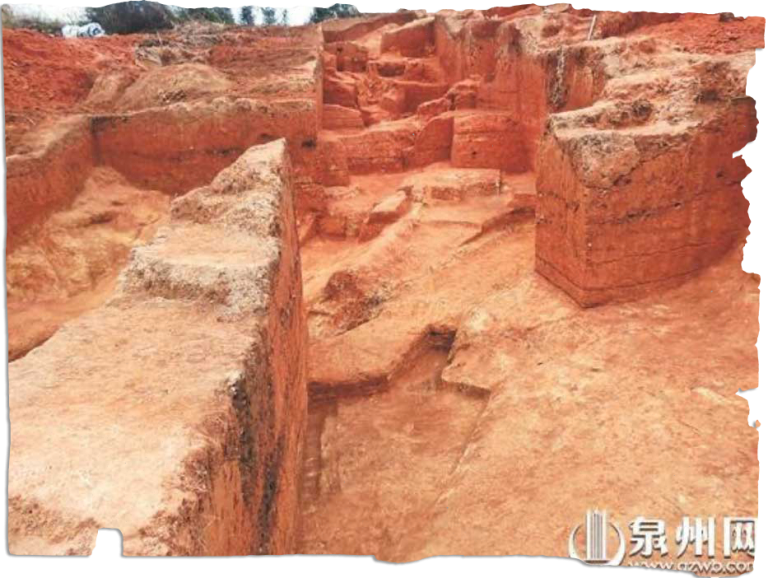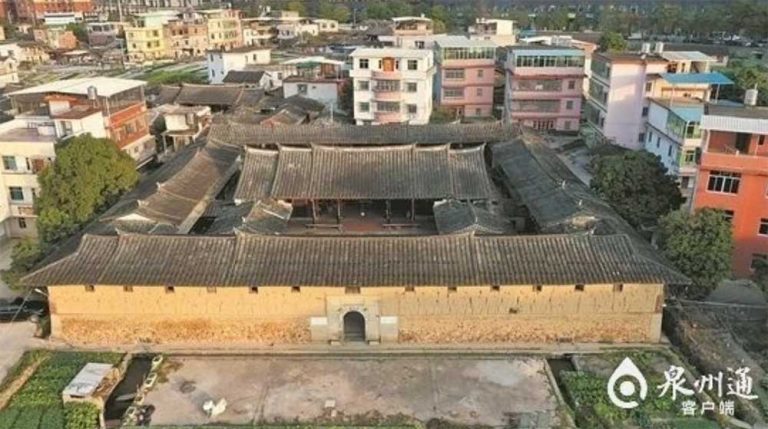The Engchoon Kuala Lumpur History Gallery





History
Engchoon is currently a county under the jurisdiction of Quanzhou District in Fujian Province, China. As early as the late Neolithic period, there were already people active in Engchoon, and its level of civilization was in the leading position in Fujian. The Neolithic period, archaeologically speaking, is the final stage of the Stone Age, characterized by the predominance of polished stone tools and pottery production, starting roughly around 10,000 years ago and ending anywhere from over 7,000 to over 2,000 years ago. This means that human activity in Engchoon dates back over 2,000 years ago.
According to the ” Engchoon Surname Records,” among the over one thousand clans in Engchoon, some clans have a history of over a thousand years. For instance, the Wai Shan Yunfeng Lin clan, during the Tang Dynasty Dachun period (890-891 AD), was founded by Lin Wenjun from Yongtai who entered Engchoon’s Wai Shan Township, Yunfeng Village. Additionally, the Chen clan from Penghu Xi had settled in Chen Yan and Xi Xi (Jun Dou Village, Penghu Town) during the Sui Dynasty. The ancestor of the Zheng clan from Dongmen Pengxiang, Taocheng, Zheng Keyuan, was dispatched to guard Taolin Field (now Engchoon County) in the second year of the Tang Dynasty Guangqi (886 AD). These pieces of evidence confirm that Yongchun’s development dates back over a thousand years.
Taolin Field was elevated from a field to a county in the fourth year of the Changxing period of the Later Tang Dynasty (933 AD), initially named “Taoyuan County,” and renamed ” Engchoon County” in the third year of the Tianfu period of the Later Jin Dynasty (938 AD). During the Song, Yuan, and Ming dynasties, it was all under the jurisdiction of Quanzhou. Until the twelfth year of the Yongzheng period of the Qing Dynasty (1734), Engchoon County was elevated by the Qing government to a direct jurisdiction prefecture, incorporating Dehua from Quanzhou Prefecture and Datian from Yanping Prefecture into the jurisdiction of Engchoon Prefecture. It was not until 1913 that the Nationalist Government abolished Engchoon Prefecture and restored it to Engchoon County. In 2012, cultural workers in Sanban Town, Dehua County, discovered a boundary marker from the Qing Dynasty period between Engchoon and Dehua counties in Jinshan Village, providing historical evidence of Engchoon ‘s former elevation to a direct jurisdiction prefecture.
The Boundary Stele of Dehua County in Engchoon Prefecture during the Qing Dynasty
Source: http://fj.qq.com/a/20120418/000064.htm

The earliest known primitive porcelain kiln site
in China is located in Engchoon
Engchoon County. The age of the primitive porcelain kiln site at Kuzhaikeng dates back over 3,400 to 3,700 years ago, from the middle to late Xia Dynasty to the middle Shang Dynasty. This discovery predates the primitive celadon kiln sites in the Dongtiaoxi River basin in Zhejiang Province by over 200 years, making it the earliest known primitive celadon kiln site in China. This serves as evidence of Engchoon ‘s long history in ceramic production. The ceramic industry remains a pillar industry in Engchoon and its neighboring Dehua County to this day.
Ceramics have been an important export commodity in China’s foreign trade history and were one of the most significant export goods of Quanzhou, known as the “world maritime trade center of Song and Yuan China.” During the Song and Yuan dynasties, ceramics were traded along the flourishing Maritime Silk Road to various parts of the world, marking a peak period in Quanzhou’s ceramic development. Quanzhou has a long history of porcelain production, dating back to the Xia and Shang periods, with Engchoon being an important production site during that time.
The kiln site at Kuzhaikeng in Zimei Village, Jiefu Township, Engchoon County, is the earliest known site for firing primitive celadon
Source: https://www.qzwb.com/gb/content/2023-07/28/content_7205720.htm

Xunlai Village, also known as Shanmei Tulou, is a tulou building in Engchoon County, Quanzhou City, Fujian Province. It is located in Yangxian Village, Wuli Street, and was constructed by Lin Youfeng, a salt official of the Qing Dynasty, in the Dingyou year of the Qianlong reign (1777)
Source: 泉州通https://new.qq.com/raina20210604A06WCY00


